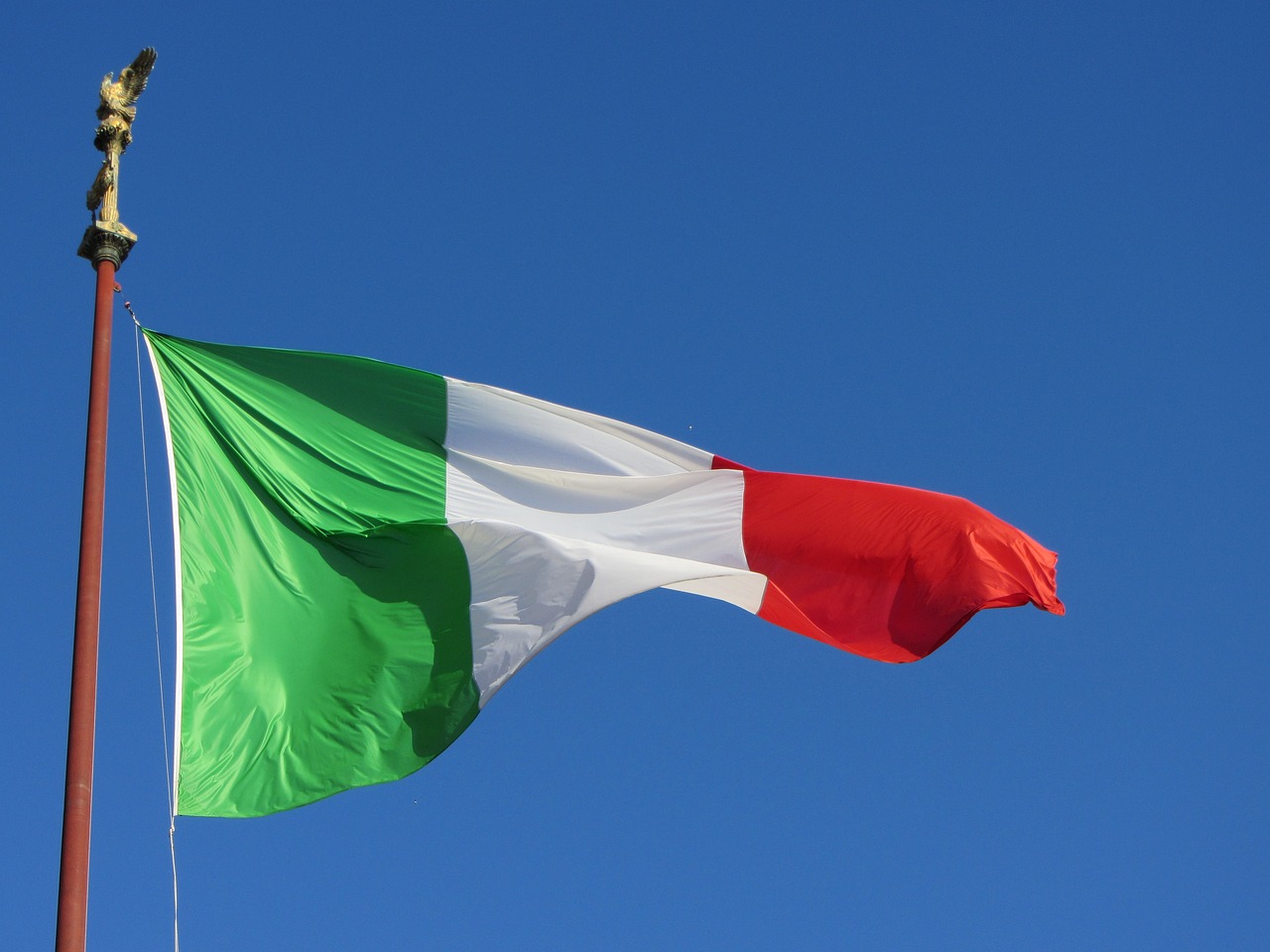Are you curious about the state of emerging markets in today’s global economy? Look no further than the recent post-Fed swoon of the dollar, which has created a perfect environment for these markets to thrive. In this blog post, we’ll explore why emerging economies have been able to capitalize on this shift and what it means for investors looking to diversify their portfolios. So sit back, relax, and get ready to discover how emerging markets are taking advantage of a newfound opportunity in the world of finance!
What are Emerging Markets?
Emerging markets, which are countries that have not undergone a full-blown economic development stage and are not considered developed countries, account for approximately two-thirds of the world’s population. These markets consist of economies that are still growing, but may be at a slower rate than more developed nations. Emerging markets often have lower levels of GDP per capita and face greater financial risk due to their lack of stability and history of corruption. Despite these challenges, emerging markets continue to thrive as investors seek opportunities in untested economies with high growth potential.
Some of the most valuable emerging market companies include: Amazon.com (AMZN), Apple Inc. (AAPL), Facebook Inc. (FB), Starbucks Corporation (SBUX), Google Inc. (GOOGL), and Microsoft Corporation (MSFT). Many of these companies have seen robust growth over the past several years as investors flock to invest in these markets despite the risks. The main drivers behind these companies’ success include strong customer demand and innovative product offerings.
While investment in emerging markets carries risk, there are also many opportunities for those willing to take a chance on these potentially successful businesses. Those interested in investing in this area should do their research first to ensure they are comfortable with the risks involved.
The Determinants of Emerging Market Performance
Emerging markets have prospered in the past year amid the global post-Fed swoon. The Dollar Index, which measures the value of the US dollar against a basket of six major currencies, has fallen by over 40% since its peak in late 2013. In contrast, emerging market currencies have appreciated significantly against the US dollar.
To date, this trend has been largelydriven by falling interest rates in developed countries and appreciation for commodity-based currencies as these sectors outperform other economies. However, there are other factors at play that could continue to support emerging market performance going forward.
Inflationary pressures are gradually increasing in many Emerging Markets, which will provide additional monetary stimulus in an environment of low interest rates. Additionally, strong regional growth prospects and an improving global economy are providing confidence to investors and encouraging them to allocate more capital to these markets. Finally, some central banks are increasing stimulus programs further – including the Federal Reserve in the United States – in an attempt to revive economic growth and prevent asset price declines from becoming more widespread.
The USD’s Post-Fed Swoon and the Impact on Emerging Markets
The USD has seen a post-Fed swoon, with the currency falling against many global currencies. Emerging markets have benefitted from this as they tend to be denominated in USD. The fall in the USD has also pushed up commodity prices, benefiting emerging economies that are major producers of these commodities.
This article looks at some of the key reasons behind the post-Fed swoon and its impact on Emerging Markets. It examines how the fall in the USD has helped these economies by pushing up commodity prices and affecting foreign exchange reserves. Additionally, it looks at how these economies have coped so far and what challenges they face going forward.
The Outlook for Emerging Markets in 2018
Emerging markets have made tremendous strides over the past decade and continue to outperform developed economies. The outlook for these markets in 2018 is strong, despite concerns over global policies and the dollar’s post-Fed swoon.
The World Bank’s 2018 report “Ease of Doing Business” ranks 134 countries based on how easy it is to start a business and get permits required to operate. For the second year in a row, China remained the most difficult country to do business in, followed by India. However, both economies have made significant progress since 2017, when they ranked at the bottom of the list.
In terms of economic growth, emerging markets are continuing to outpace developed economies. The International Monetary Fund (IMF) projects that global GDP will grow by 3.7% this year and next; however, this is lower than the 4% growth rate seen in 2017 and 2016. This slowdown can be attributed to various factors, including trade tensions between the United States and other countries as well as fears over global policy uncertainty.
Despite these challenges, many emerging market economies are still expanding rapidly. In Brazil, for example, GDP grew by 5% in 2017; this is double the growth rate seen in 2015. Similarly, China’s economy has continued to grow at an impressive pace despite trade tensions and global policy uncertainties; analysts predict that China’s GDP will surpass $10 trillion by 2020.
These positive developments underscore why investing in emerging markets remains a smart decision
The Global Economic Outlook for 2019
The global economy is poised for continued growth in 2019, with a number of strong economies expected to continue posting strong performances. The United States is forecast to post 2.9% GDP growth this year, supported by strong consumer spending and increased investment. Japan is also predicted to continue its steady recovery, with GDP increasing by 2.4%. In Europe, the eurozone is projected to grow by 1.9%, while the UK is forecast to grow by 1.7%. Emerging markets are forecast to make significant gains in 2019, with Brazil and Russia both predicted to post 5% GDP growth this year. These economies are benefitting from a strong global economy and falling inflation rates, which are encouraging investments in these countries. Several other emerging markets are also expected to experience positive growth this year, including South Africa (3%), India (2%) and China (1%). Overall, the global economy is expected to expand by 3.1% in 2019
Conclusion
Overall, the global economy appears to be slowly but surely improving. In fact, some of the best performing economies around the world are in emerging markets – including China and Brazil. This has led many investors to put their money into these countries and they have been rewarded handsomely.










